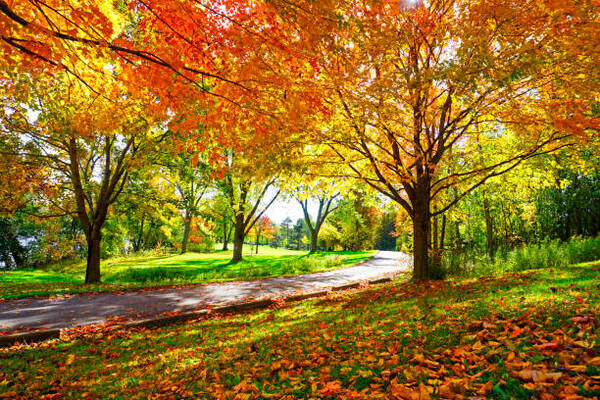- 1-905-452-8193
- Contact Us
- Member Login
- Get Listed Today
- 220,911 members

The leaves are changing color and the temperature is cooling down, which can only mean one thing - the season of autumn is here! As the season of pumpkin spice and cozy fires approaches, you may be wondering how this change in weather will affect your trees.
According to tree removal Canberra owner Llewyn Dowling, trees begin to prepare for winter by slowing down their growth as the days get shorter and the nights get longer, This process is called senescence, and during this time trees will stop producing new leaves and flowers. Instead, they focus on storing energy for the cold months ahead.
Trees are like people - they can get stressed out by changes in their environment. When the weather gets colder and the days get shorter, trees go into survival mode. They start to conserve energy and prepare for winter. This can make them more susceptible to damage from things like wind, ice, and snow.
Autumn is also a time when diseases and pests are more active. fungi and bacteria thrive in cooler, wetter conditions, so they can cause problems for trees that are already stressed from the change in season. Keep an eye out for signs of disease or pests, and talk to a tree care professional if you're concerned about your trees.
As the leaves begin to change color and fall from the trees, it's important to take some time to prepare your trees for autumn. By taking a few simple steps now, you can help ensure that your trees remain healthy and beautiful throughout the colder months.
Make use of the tips below to get your shrubs ready for the Autumn season.
1. Inspect your trees for any signs of damage or disease. If you see anything of concern, contact a certified arborist or tree care professional for further assessment and treatment.
2. Prune dead or dying branches from your trees. This will help improve the tree's overall health and appearance.
3. Apply mulch around the base of your trees. This will help protect the roots from extreme temperature changes and help retain moisture.
4. If you have young trees, water them deeply and regularly throughout autumn. established trees will need less water, but be sure to check the soil around them to make sure it isn't too dry.
5. Fertilize your trees if they appear to be in need of nutrients. This is typically done in late autumn or early winter.
6. Wrap the trunks of young trees with tree guards to protect them from damage from rabbits and other animals.
7. Cover any exposed roots with a layer of mulch or straw. This will help insulate the roots against cold weather and prevent them from drying out.
8. Make sure your trees have plenty of space around them. This will allow air to circulate and help prevent the spread of diseases.
9. Avoid walking or driving over root systems whenever possible. This can damage the roots and make the tree more susceptible to injury.
10. Keep an eye on the forecast and be prepared to take action if severe weather is expected. Heavy snow and ice can break tree branches, so it's important to remove any potential hazards before they become a problem.
11. If you have fruit trees, pick the fruit before it falls to the ground. Fallen fruit can attract pests and diseases, so it's best to remove it from the tree as soon as possible.
12. Contact a certified arborist or tree care professional if you have any concerns about your trees. They can provide you with expert advice on how to best care for your trees during autumn and throughout the year.
If you are concerned about how your trees might fare this autumn, the best thing you can do is to have them checked out by a certified arborist. They will be able to assess the health of your trees and give you specific advice on how to care for them during the autumn months.
